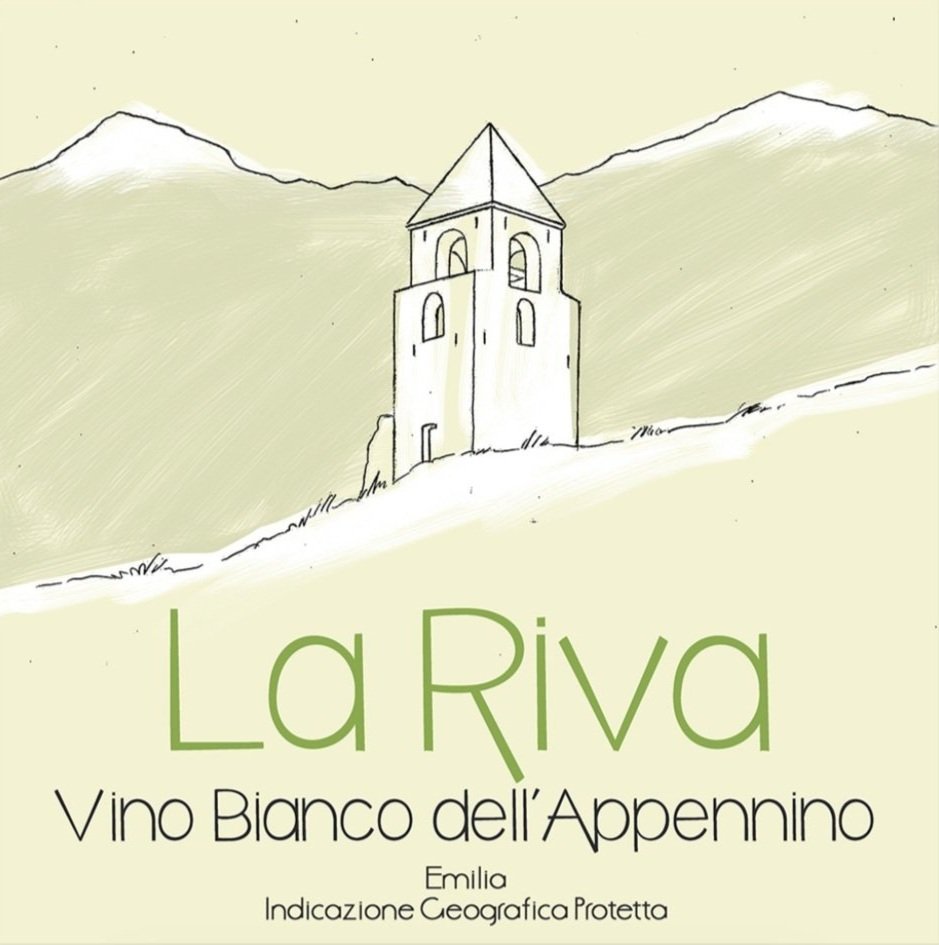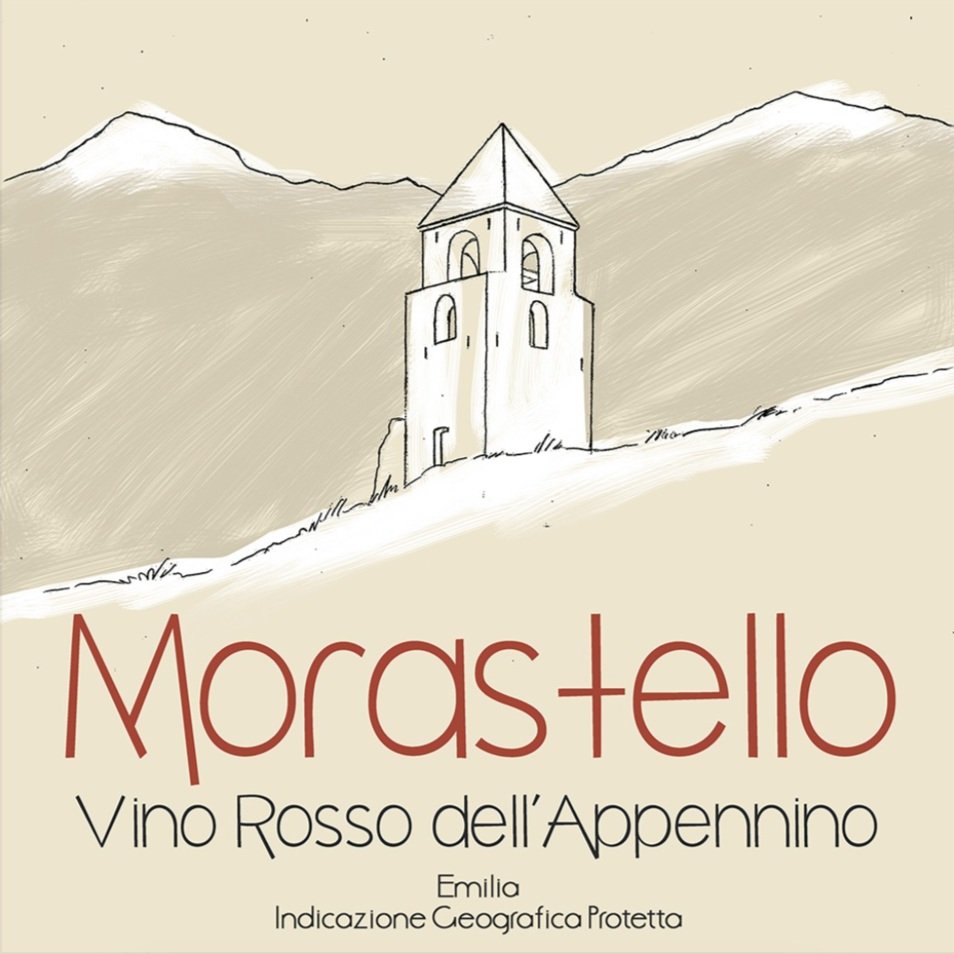Valli del Morastello
Fanano, Emilia Romagna
From Matt Mollo -
There are a few wines, a few producers, a few moments on my personal "wine importer journey" that have left an indelible mark...and often have shaped the direction of the company and how and why we do what we do at SelectioNaturel.
It all started years ago now, when Adriana and I happened upon a lovely local delicatessen in Mantova looking for simple ingredients for a picnic lunch at the lakes that surround the town. I spotted a curious and fun looking Lambrusco, almost purely because it had a fun label but also included some rare, near-lost grape varieties listed on the back label. We snagged it, drank it from plastic cups with culatello, mostarda and rice salad. The wine was the Fondo Bozzole “Incantabiss”... a Lambrusco that literally launched the company at that very moment.
Fast forward 12 years. We now work with over 40 amazing producers from all corners of the Italian peninsula. Yet in the summer of 2022, while enduring one of the most epic, difficult and rewarding multi-day marathon mountain bike races I've ever done, another formidable "discovery" awaited me. Today we are so proud to welcome and share the wines of Luigi Ottonelli and his tiny cantina Morastello from the high Apennines of Emilia-Romagna to the SelectioNaturel family. This story is a combination of serendipity and perhaps fate if you believe in those kinds of cosmic forces.
A few days before the bike race got started my friend/riding partner, Spencer, and I decided to take a little drive to one of the nearby mountain villages that we would be passing through during the upcoming week of racing. Fanano is a beautiful mountain town at the base of one of Italy's most renowned Alpine ski hills, Sestola, and right on the foot of the highest passes of the Italian Continental Divide. We strolled through the tiny village with its cobbled streets and lovely piazza's with soaring mountain tops surrounding us. We were a little early for Spritz o'clock but we were enticed by a lovely looking local bakery that smelled amazing and had some genuine looking local products in the windows...just the kind of places I love most in Italy.
il Panificio di Fanano was full of fresh breads, savory local pastries as well as local jams, biscotti and a very small selection of wines...when I saw the Morastello wines in the corner of the shop I was immediately drawn to them and grabbed a couple bottles and put them on the counter. A few minutes later I was chatting with the gracious shop owner, Tiziano, about his work, the local specialties and these curious wines. He told me they are "rustico", "particolari", e "molto speciali"... all words I love when it comes to real wine. Tiziano said his friend Luigi made them and when I told him that I was an importer and what I do Tiziano gave me a little info card and Luigi's phone number. Later that evening we cooked a simple dinner with mountain ingredients and lit a fire in our tiny cottage hearth. From the first sip I was convinced...I needed to track down this Luigi guy and work with him.
A few days later as we finished another gruelling day on the trails I got an unexpected note from the gentleman at the hotel. Luigi Ottonelli had stopped by while we were out to dinner but left his email. That evening I wrote to Luigi, told him our next stop on the race and we planned to meet the next evening and have some dinner together.
At our lovely country hotel in Lizzano in Belvedere, I chatted up the owner. I asked her if she knew Luigi and she replied emphatically "ma siiiii, certo!" Of course! As Luigi pulled up and jumped out of his car he greeted the hotel owner like an old friend. We jumped into Luigi's car and off we went. Blasting through the crooked steep backroads of the upper Appennine. I had spotted what looked like an amazing local's trattoria some days earlier called il Cacciatore. It had the look of a special place. When I mentioned it to Luigi he said, "oh it's very special and it's on the way to my house...we'll stop by but they aren't open for dinner today". We stopped in, greeted the family as they were having their dinner, and had a glass of industrial pignoletto but the real reason we were here was because of a photo that Luigi wanted to show us. It was a collection of photos from the battle of the Riva Ridge and the triumph of the 10th Mountain Division that was stationed there, right where we were during this race. This hidden corner of the high Apennines was a crucial location and hosted a turning point in WWII that opened the door for the Allied troops to break the Nazi stronghold that ran across Italy, known as The Gothic Line. The Morestello white frizzante wines are named after this important battle line, the Riva Ridge.
The wines in this area are rare for many reasons. One, the high mountain elevation, steep parcels of land and short growing season make it quite an extreme environment to make wine. This corner of Italy is quite isolated yet it borders Tuscany just over the mountain passes. This was important for agricultural and economic exchange for centuries. The rural mountain folks of the Apennines would trade truffles, berries, chestnuts and other regional specialties for wheat, salt and vines from their neighbors in Tuscany. This is why we find Ciliegiolo in the Apennines. It was the backbone of the regional wines with other native grapes in the mix such as negretto, Uva Tosca, various lambrusco varieties and Barbera (Piedmont isn't that far away either!). For the white grapes of the area we also find a collection that reflects the influences of the neighboring regions; varieties like Malvasia, Pignoletto and Trebbiano are turned into elegant, fresh sparkling mountain wines.
During the 70's and 80's something else important happened in this region - Parmigiano Reggiano went global! The exposure of the Italian "Re" of cheeses to the outside world created a boom in area that transformed the agricultural landscape going forward. Many of the vines in the area were ripped up, the fields now used to raise grass and pasture space for the milk cows making the Parmigiano cheese in the nearby low-lands of the Po` River Valley.
In 2012 Luigi Ottonelli, an optometrist by trade and still practicing, decided he wanted to help reinvigorate his tiny mountain region by repopulating the native grape varieties, rehabilitating old, abandoned vineyards and making small-scale, artisanal natural wines that reflect his unique territory.
Today Luigi and his wife Simonetta tend ~4 hectares of vignes that are scattered around in various tiny parcels they've rehabilitated. The land is certified organic and the wines are vinified using rigorously natural methods, including native yeast fermentation, secondary fermentation in bottle (metodo ancestrale). Very limited amounts of sulfur are used and the wines are kept well below 30mg/L, allowing them to fully express this unique terroir.










